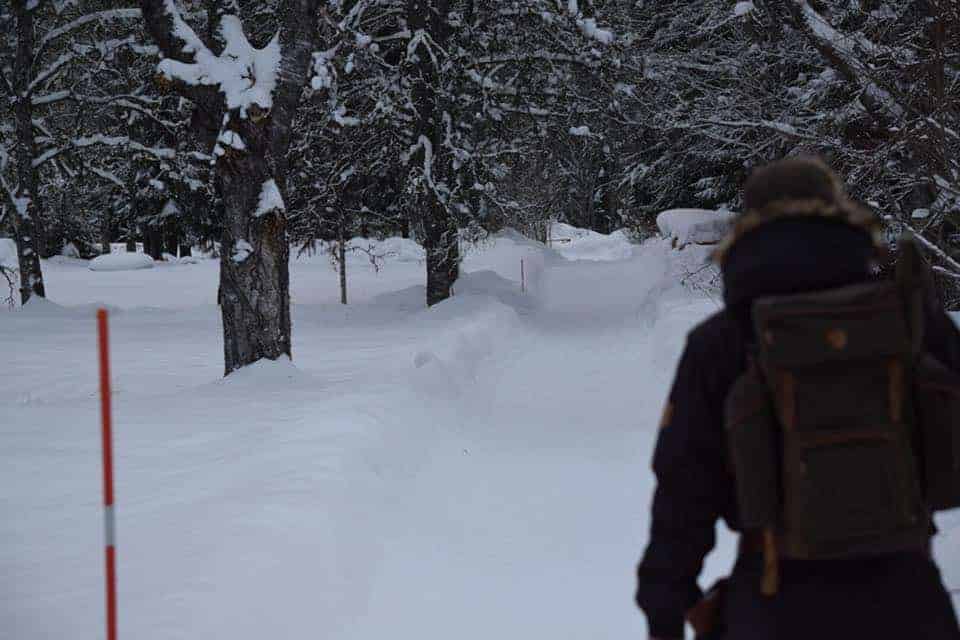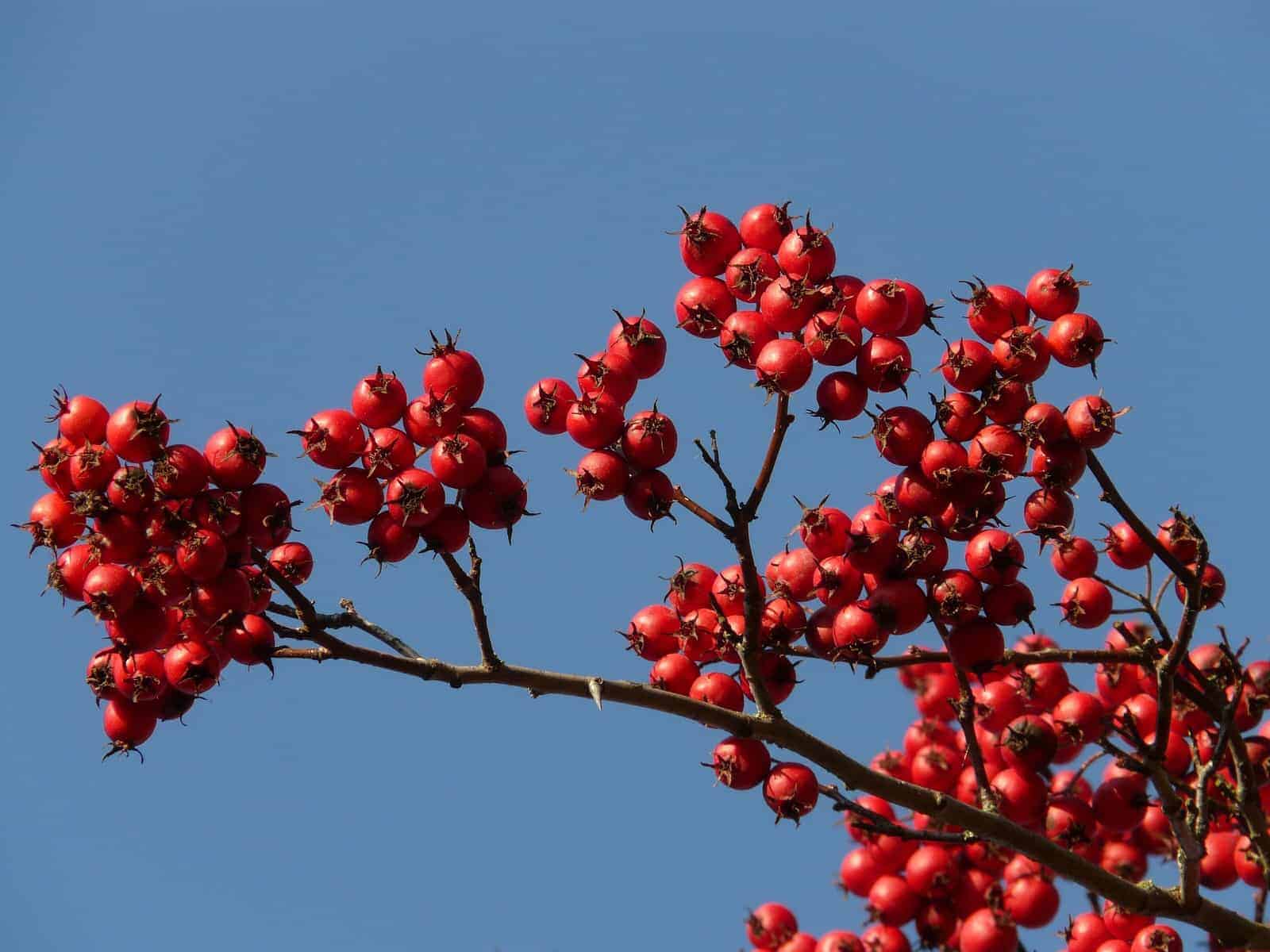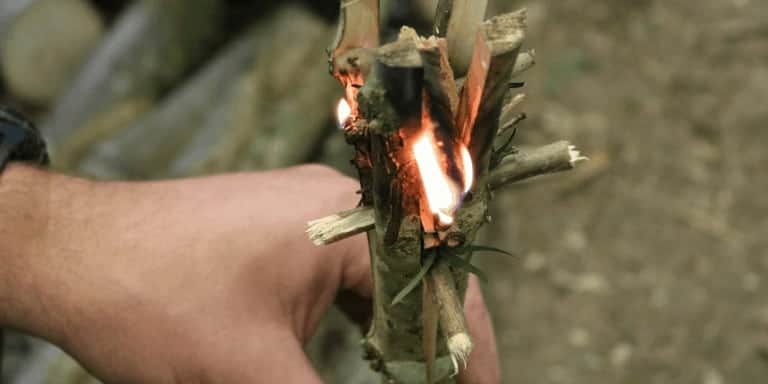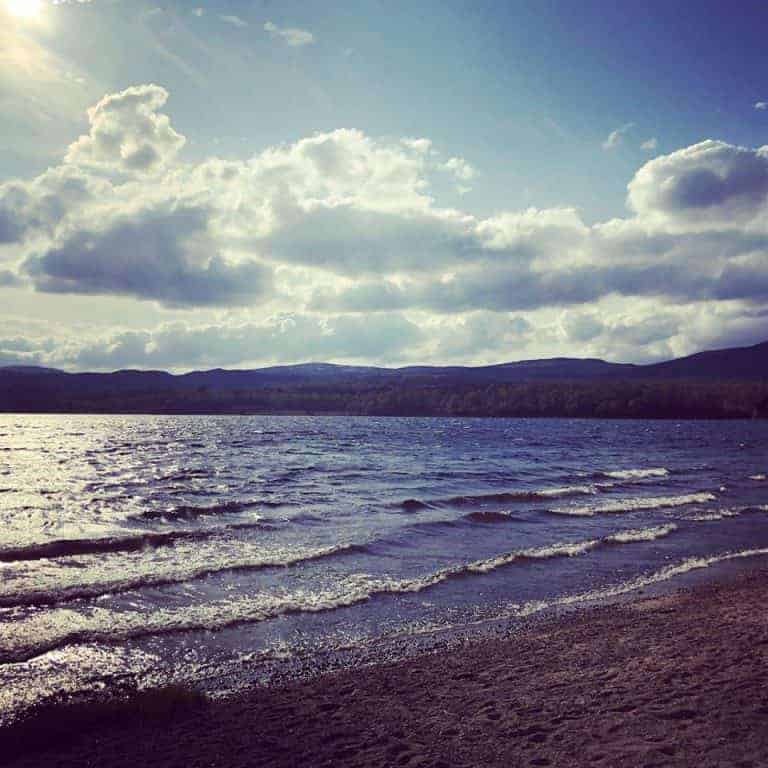Choosing Clothing for Winter Camping In The UK
In this week’s blog, we will be looking at clothing to keep you warm in winter. There are a huge number of manufacturers out there, each offering a vast, and often confusing, array of garments for winter. With this in mind we will not be looking at specific clothing brands, but rather at one tried and tested principle behind keeping warm in the winter. Read on to learn more of skip to the section that interests you the most.
- What is the layering system?
- Base layers
- Looking for a mid layer
- What to look for in an outer layer
- Choosing your trousers
- Headwear
- Kit
- Further Reading
What is the layering system?
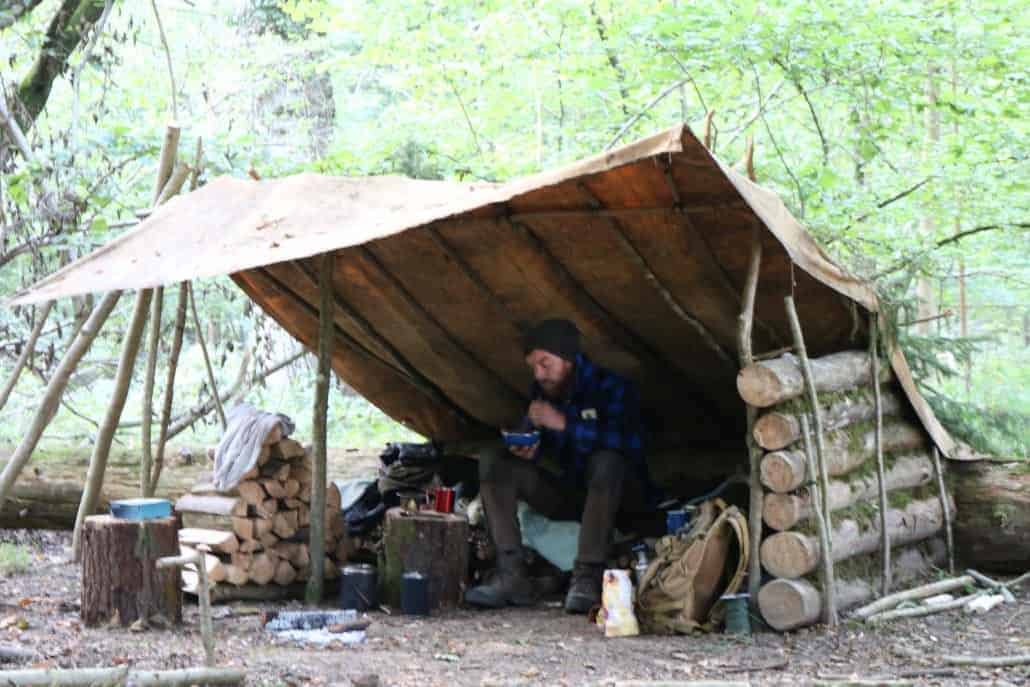
The layering system is nothing new. From the days of itchy vests and seal skin clothing explorers of colder climates and mountainous reaches have been piling clothes on top of each other in an effort to keep warm. There is, however, a lot more to it than just putting on all your jumpers and hoping for the best.
How the layering system works
The layering system is, in essence, comprised of a base layer next to the skin, insulating mid-layer or layers and then a protective outer layer which should be waterproof, windproof etc. While the minimum amount of layers that you want to be wearing is three you can add more mid-layers depending upon the situation. While clothing choice is personal and each one of us will have our preferred brands the principle remains the same regardless of who makes the clothing.
Base layers
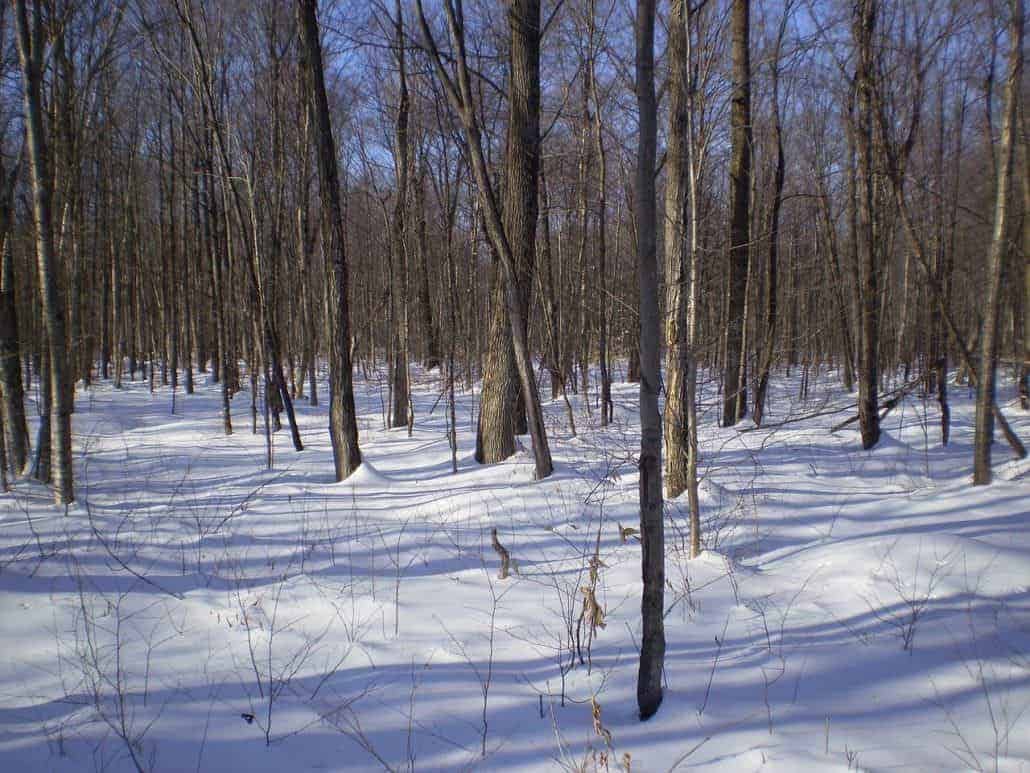
A base layer is simply a layer that will sit next to the skin and should be as close fitting as possible. The purpose of a base layer is to wick, or take, the sweat away from the skin. For this reason, it should not be made of cotton – cotton retains moisture and will hold the sweat close to the skin. Typically, base layers are made from Merino wool or synthetic materials, both of which have certain anti-bacterial properties which will prevent one from smelling too much when they return from the wilds.
While it might be tempting to go for thicker base layers in the depths of winter it is important to balance warmth with a risk of overheating. For this reason, it is best to experiment and find the right base layer for you. Read on to learn about mid layers.
What to look for in a mid layer
A mid layer, or mid layers are essential for keeping one warm when walking or camping in winter. The mid layer acts as the main source of insulation between the base layer and the outer layer. By trapping the heat from your body within your clothes the mid layer keeps you warm. Typical mid layers are made of fleece, which retains its properties when wet, and synthetic materials. Occasionally, in very cold winter conditions a down (or synthetic) jacket can also be worn. A wind and mid layer may help to keep you at an ambient temperature until the rain and the snow really begin coming in, at which point your outer layer can be added.
LEARN FIRE LIGHTING, SHELTER BUILDING, AXE SKILLS AND MORE ON OUR WEEKEND BUSHCRAFT COURSE.
What to look for in an outer layer
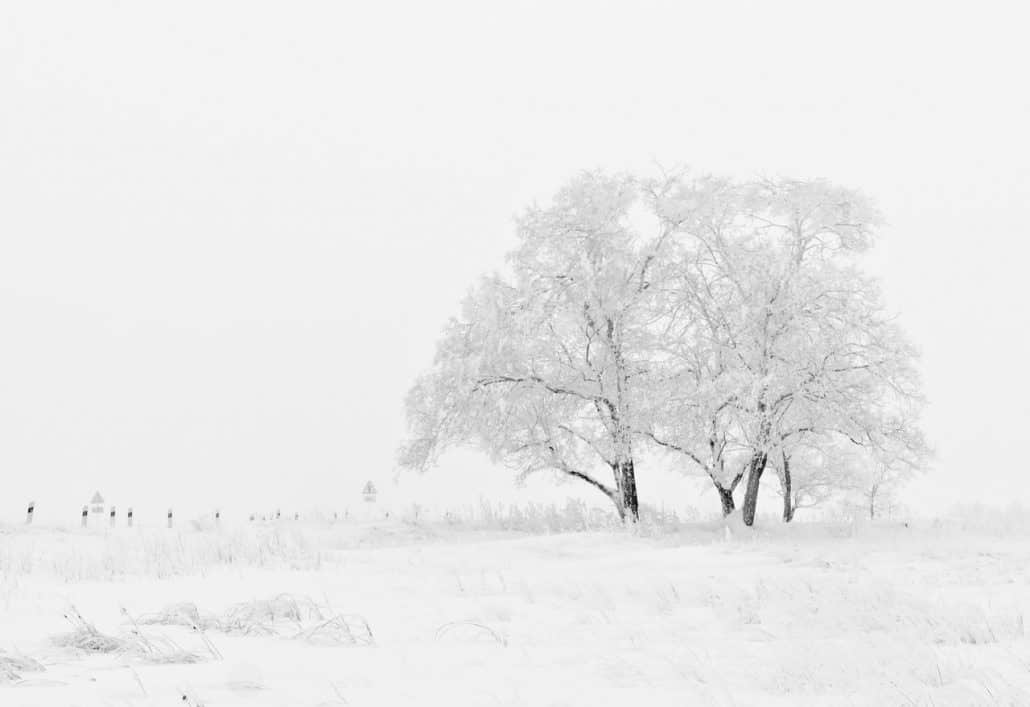
Your outer layer is the main source of protection against the elements. They need to be waterproof, windproof and ideally breathable, a combination of qualities that can be hard to come by. Additionally, this outer layer should come with a hood, one that can be worn over a wooly hat, and provide protection from the elements for your head.
LEARN FIRE LIGHTING, SHELTER BUILDING, AXE SKILLS AND MORE ON OUR WEEKEND BUSHCRAFT COURSE.
Choosing your trousers
When it comes to winter camping and walking then choosing your trousers is as important as choosing your top layer. Follow the same principles as those you use for choosing your top layers, pick a good pair of thermals for your base layer, soft yet hard wearing walking trousers for a mid layer and tough, breathable waterproof trousers for your outer layer. Also consider wearing gaiters in winter in order to keep the snow, and general muck, out of your boots and off your trousers.
LEARN FIRE LIGHTING, SHELTER BUILDING, AXE SKILLS AND MORE ON OUR WEEKEND BUSHCRAFT COURSE.
Headwear and gloves
Headwear in winter can consist of a warm, wooly hat, or a balaclava in extreme conditions. In instances where there is likely to be a lot of snow, such as in the Scottish mountains, then you might also consider goggles. Gloves are also an essential consideration in winter. Remember to carry several pairs, should you lose one, and use a system of thin, warm gloves under thicker fleece gloves. Waterproof or water resistant gloves should be carried or waterproof mitts can be worn over a pair of warm fleece gloves.
Kit
Below we have listed a few pieces of kit that are essential for going out into the woods during winter or at any time of the year.
- Fallkniven DC4
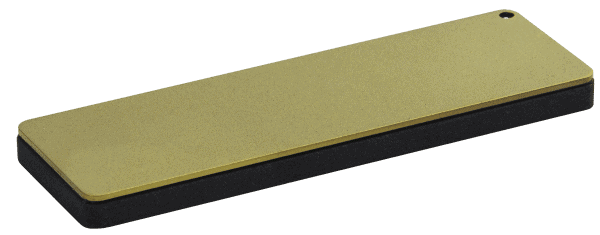 This diamond/ceramic whetstone is perfect for use in the field.
This diamond/ceramic whetstone is perfect for use in the field.
https://www.fallkniven.com/en/knife/dc4/ - Knives
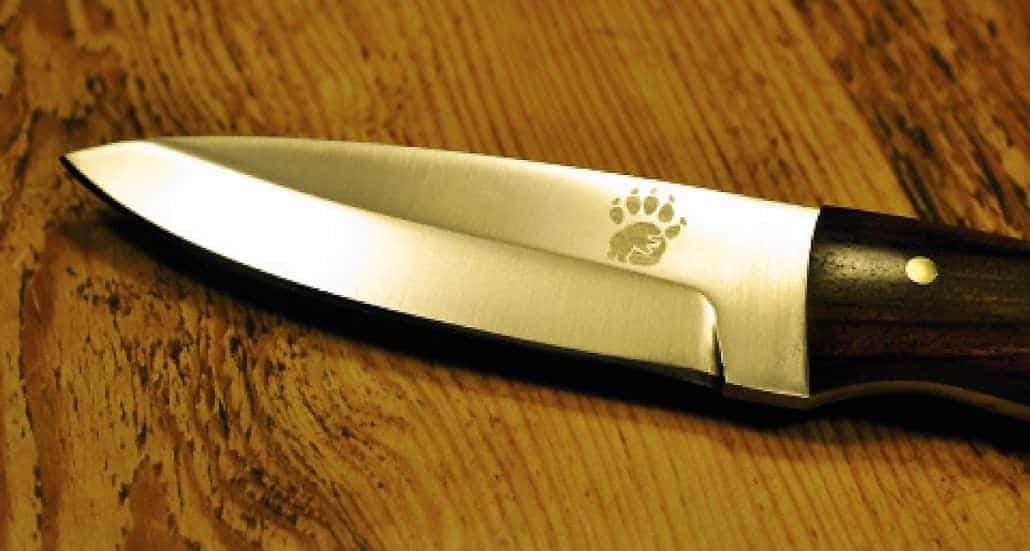
Wildway Bushcraft use Bear Blades.
“Constructed from superb quality D2 steel this knife is ideal for bushcraft and wood crafting. Our most popular knife due to its versatility and functionality, suited to tough daily use in the woods.”
http://bearblades.co.uk/ - Gransfors Bruk Small Forest Axe
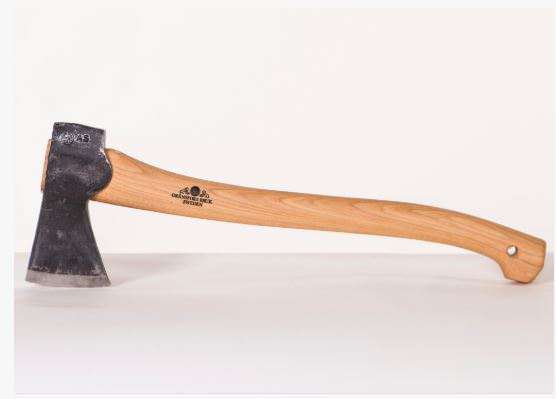
https://www.gransforsbruk.com/en/product/gransfors-small-forest-axe/
Wildway Bushcraft use a small forest axe from Gransfors Bruk. You can find out more information about Gransfors Bruk via the link below.https://www.gransforsbruk.com/en/product/gransfors-small-forest-axe/
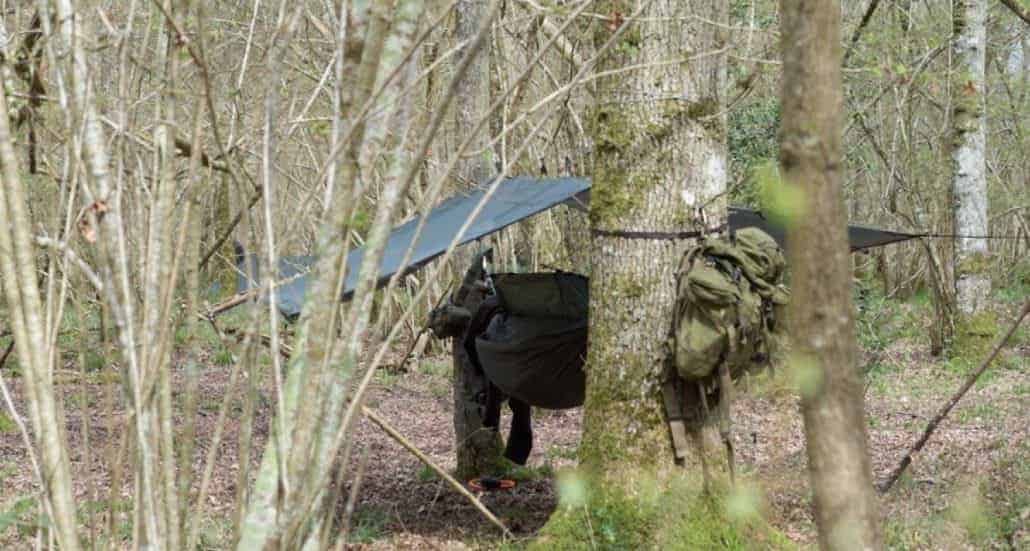 The DD 3×3 Tarp is a classic of the camping world. You can read our review of it here.
The DD 3×3 Tarp is a classic of the camping world. You can read our review of it here. The tarp can be found online via DD Hammocks at the link below.
https://www.ddhammocks.com/
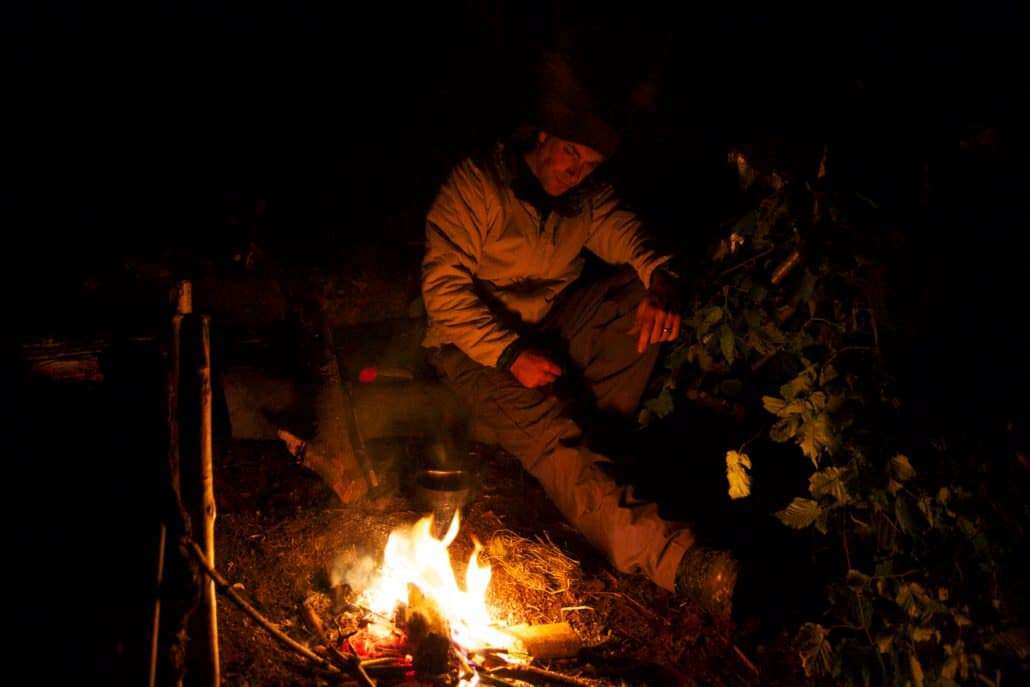
This Swedish Fire Steel from Light My Fire is a great way of causing sparks and igniting your tinder. More reliable than either matches or a lighter you shouldn’t be in the woods without one.
http://www.lightmyfire.com/products/products/swedish-firesteel-20.aspx

